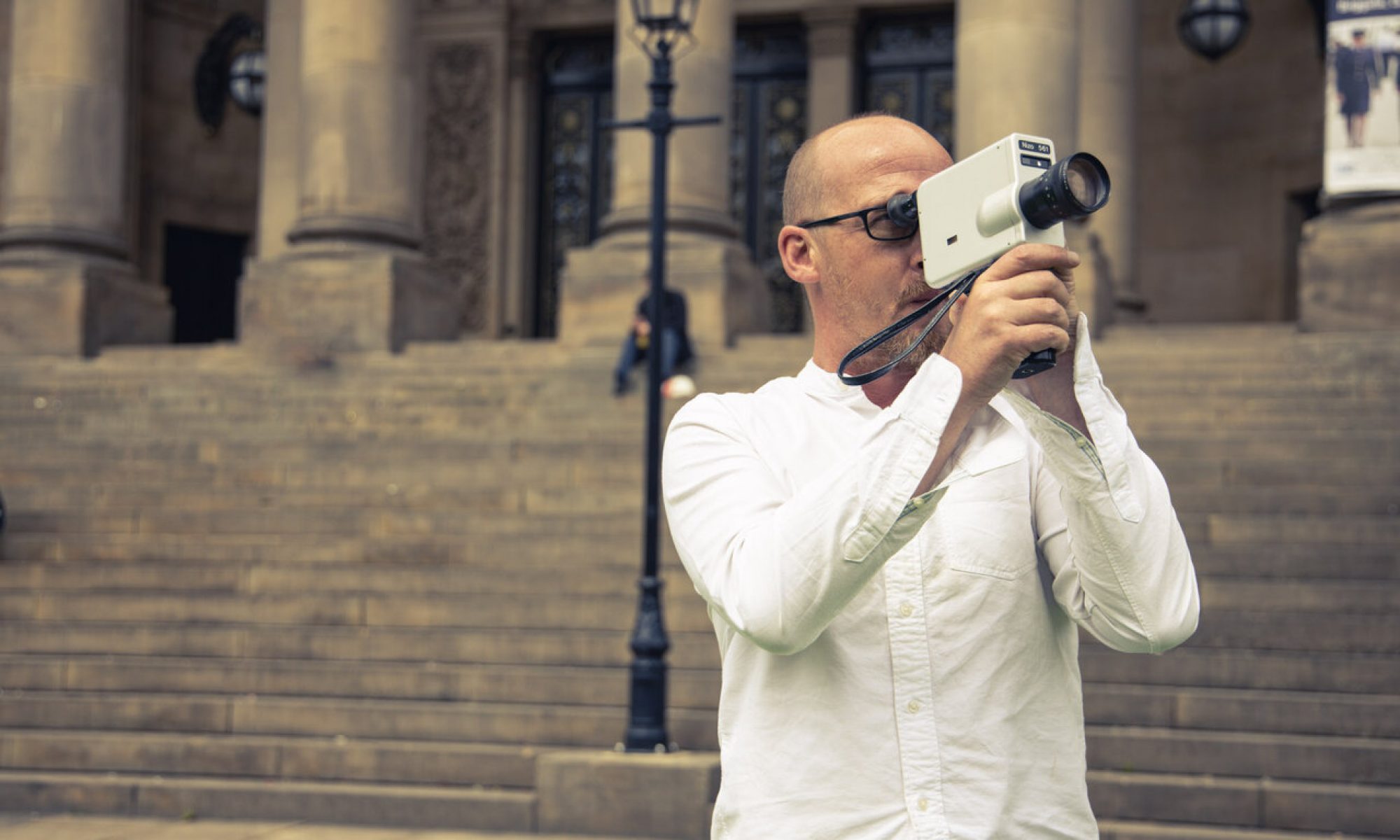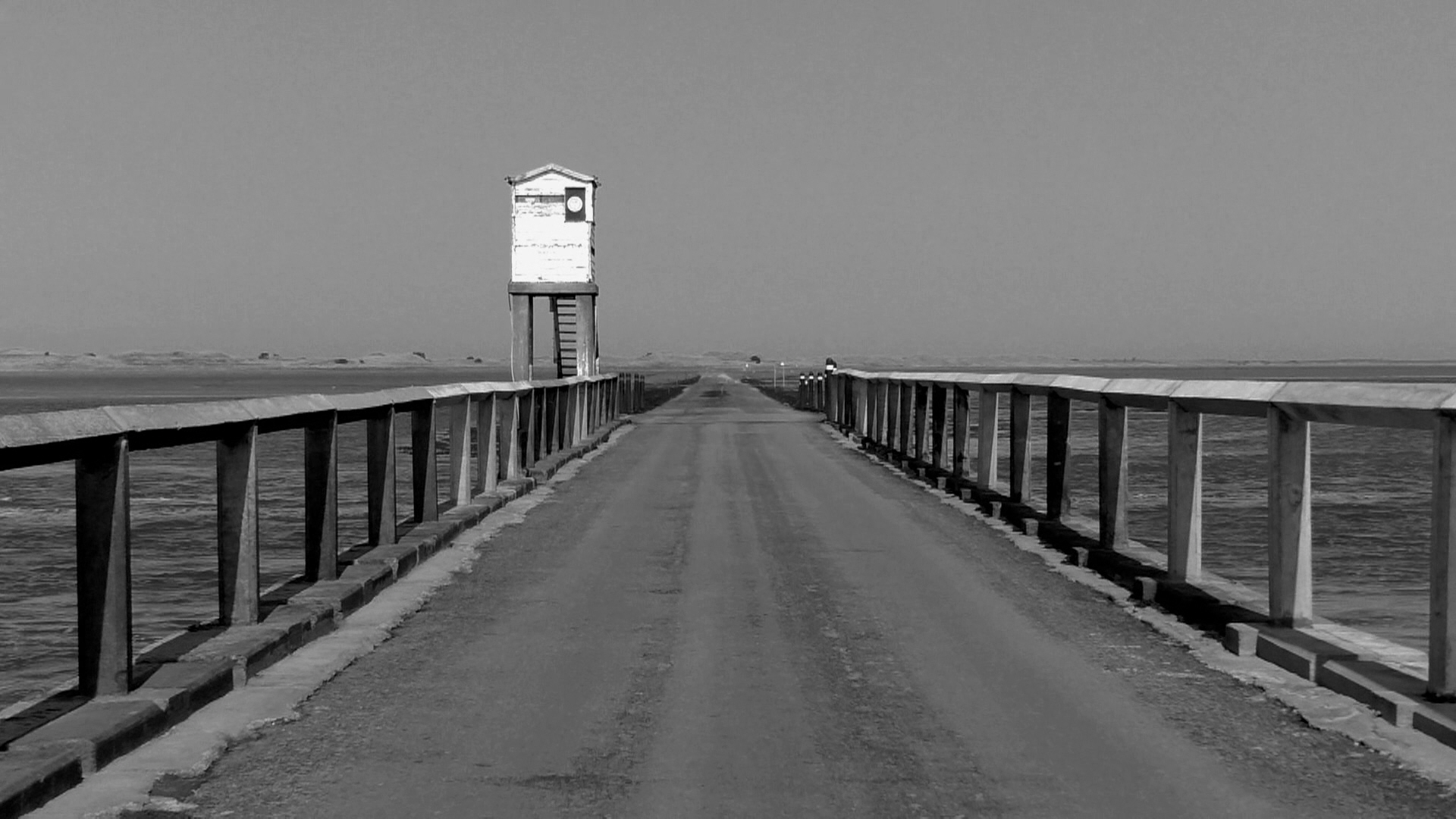You can read the first part of this blogpost here on my script writer for hire and script consultant dedicated website.
5. Next time I’d pick my locations more carefully. Markham was shot mostly at Staithes, a picturesque (if somewhat baroque) fishing village in North Yorkshire. As cinematic as Staithes is, it was a tough place to shoot. The beach area was slippery and dangerous, and we had to work around the tides. Also, practically, it was difficult to access by car/van.
This all meant that time was constantly added (for lugging kit around – from the van to the beach etc). Shooting days were shortened by travel, moving equipment into place and the wind on location made sound recording very hard. The film looks great (thanks to Staithes) but it came at a price, in time and energy.
4. While making Markham, I also used some old school techniques – from shooting Day for Night, double exposures (done digitally) matte painting (you’ll never spot it) and chroma key (green screen). Green screen was going to feature more in the film, but I worked around it. And the aforementioned use of software like Unreal Engine will soon mean Green Screen is a thing of the past. There are a few old school practical effect too like a gnarly Zombie (a nod to Lucio Fulci!)
3. All the choices of distribution are available to the filmmaker now. I’m going to release the film on Vimeo and DVD (for sale via this website). But I also have the choice to release on Amazon Prime. I’ve had a lot of interest from distributors too, who have promised they can get the film into ASDA or Wallmart on DVD and BluRay.
I don’t want to do that now, but I could later. I could also just distribute it on YouTube – free for anyone to watch (I might do that later too). I own the film so I can choose where it goes and when. Partly because of the corona virus, distributors are desperate for films and low budget horror always does well.
I’ve even had interest from some pretty major ‘Hollywood’ types. But, at the moment I’ll hold on, and almost quietly release the film myself (I’ll use social media to slowly reach out to interested parties, and see how far, and how wide I can spread the film).
2. You need a script! Markham was shot, as a kind of experiment, there was never ever a written script, and the actors worked together to kind of workshop a plot, from scene to scene this would change, and gradually as we shot and edited a plot came slowly together.
The actors, were amazing at this and gave it their all. And, this, is the way that directors like Kubrick and Terrence Malik sometimes work – keep shooting and shooting until you have ‘something’. I can see why this appeals to them, but it’s not good for a low budget production. If you want to shoot that way you’ll get unique results, but it’s a lot harder process when you’re working with no cash – almost impossible.
1. The main thing I’ve learned? I can direct. Shot for shot I’m good, my stuff cuts together fine, and is visually arresting. I can martial a crew, and a production too. I have the energy and stamina to do it (directing a film is a physically hard job) but what gave me most confidence is that I can work well with actors and I tried all kinds of experiments on this shoot (including driving the actors a bit crackers) and these ploys paid off well. At 46, I have enough confidence and life experience in the bag to confidently work with actors, and speak up when things don’t set well with me. At 46, I have a gut instinct. It’s the main part of any director’s bag of tricks.
As well as being a freelance film director for hire, Matthew has also enjoyed a long career as a script writer for hire he’s written for most of the UK soaps, including writing award winning episodes of Emmerdale, EastEnders, Hollyoaks and Family Affairs and has been BAFTA shortlisted and Royal Television Society nominated as a script writer.
You can find some of his broadcast credits on the IMDb You can find out more about Matthew’s work as a director here.

